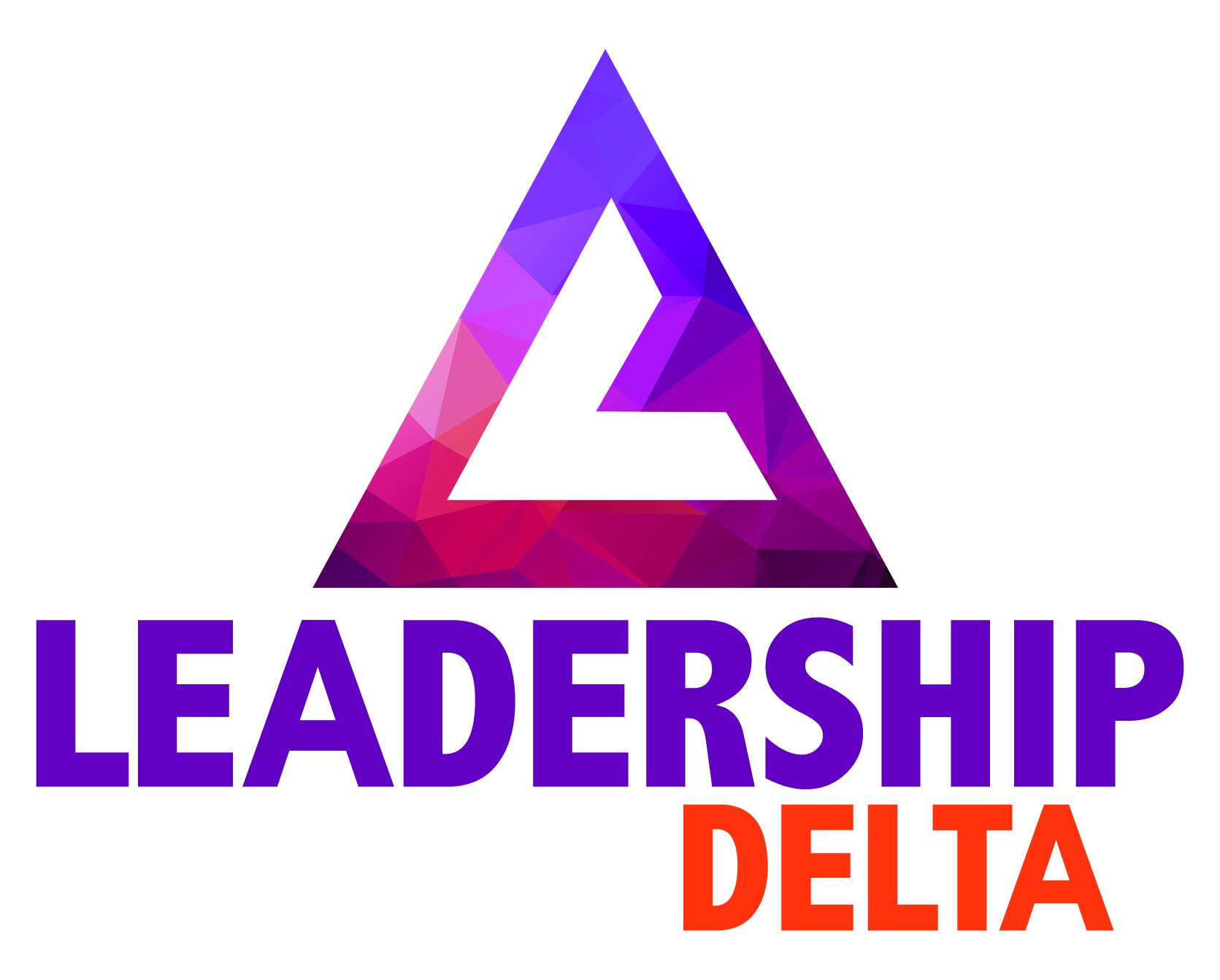Don’t Let Your Institutional Knowledge Retire to Florida
Let’s set the scene. The retirement cake has been cut. The memories have been shared.
And just like that, your most experienced leader is out the door and on his way to Florida.
Good luck, Bob!
But what happens to the vault of experience and knowledge Bob has accumulated over the last few decades?
Well, it’s just…gone.
It’s ok. You can grab that last piece of cake while you process. We won’t judge.
The truth is, you don’t have to fill a critical position and a Bob-sized reservoir of information.
You can plan for it. Thoroughly. Knowledge doesn’t transfer by accident. It walks out the door unless you deliberately find ways to pass it on.
Build a Forward-Thinking Team
Most companies are well-intentioned and have names slated for future leadership roles. That’s not the issue.
The real question is much more pressing: Do your prospective leaders have the skills, wisdom, and readiness to step in and lead effectively?
In short, can they pick up exactly where your beloved Bob left off?
If there is even the slightest hesitation, it’s time to rethink how to prepare for leadership transitions.
Forward-thinking organizations don’t wait for a crisis. They cultivate leadership potential well before it’s needed by prioritizing effective knowledge transfers and future-ready teams who can lead with both technical excellence and emotional intelligence.
The High Cost of Lost Knowledge
Every time an experienced employee leaves, they take more than just their daily tasks and quirky desk toys with them. They take hard-won insights, nuanced customer knowledge, trusted team dynamics, critical historical context, and proven problem-solving strategies.
This priceless institutional wisdom isn’t written down, it’s collected through experience. Once it’s gone, it’s incredibly difficult (and costly) to replicate.
Waiting until someone gives notice to think about knowledge transfer is too late. Organizations must be proactive. That means embedding knowledge-sharing into your culture and leadership development strategy now.
Steps for Effective Succession Planning
Here’s how to create a practical, future-proof succession plan:
1. Identify and Develop Leadership Potential Early
Don’t just list potential successors. Build them. Build them again and again.
Your routine assessments should focus on more than your team’s job performance. Look for individuals with strengths in:
Emotional intelligence
Problem-solving
Adaptability and an
Ability to lead others
Prioritize formal leadership development pathways with:
Mentoring
Stretch assignments
Cross-training and
Real-time feedback
These programs help high-potential employees build both technical credibility and leadership capabilities.
2. Create a Knowledge Transfer Framework That Works
Knowledge transfer must be intentional and structured rather than a series of casual chats. Use a multi-layered approach that includes:
Shadowing and job rotations
Internal wikis or knowledge bases
Video recordings of subject matter experts
Regular knowledge-sharing sessions or “lunch and learns”
Mentorship programs that span generations
An important tip: Don’t just focus on “what” someone knows. Observe and document how they think, how they learn, how they approach problem solving, and their process for making decisions.
3. Implement a Strategy to Start Small and Scale
We’ve got great news: You don’t need to overhaul your entire organization overnight!
We get it. It’s easy to procrastinate a complex task, especially if it feels too overwhelming. Break the process down incrementally:
Start small and begin with one department or leadership role
Pilot a leadership development program
Set up a few knowledge-sharing interviews with top performers
Start tracking which skills and insights are at risk of being lost
Once you have a small system that works, scale it. Expand the framework across teams. Make it part of onboarding, performance reviews, and promotion discussions.
Embedding succession planning and knowledge transfer into your daily workflows and your organization’s shared language can transform and strengthen your entire organization.
Your People Are Your Greatest Asset
At the heart of all this is one simple truth: people matter.
Your team members’ ideas, experience, and instincts are the beating heart of your company. Protecting your future requires you to honor their past and present before it’s too late.
Don’t let institutional knowledge retire to Florida. Create a framework to develop versatile, future-thinking leaders who are strategic, empathetic, and capable.
Ready to build your versatile leaders? Learn more about the work Leadership Delta does every day.

